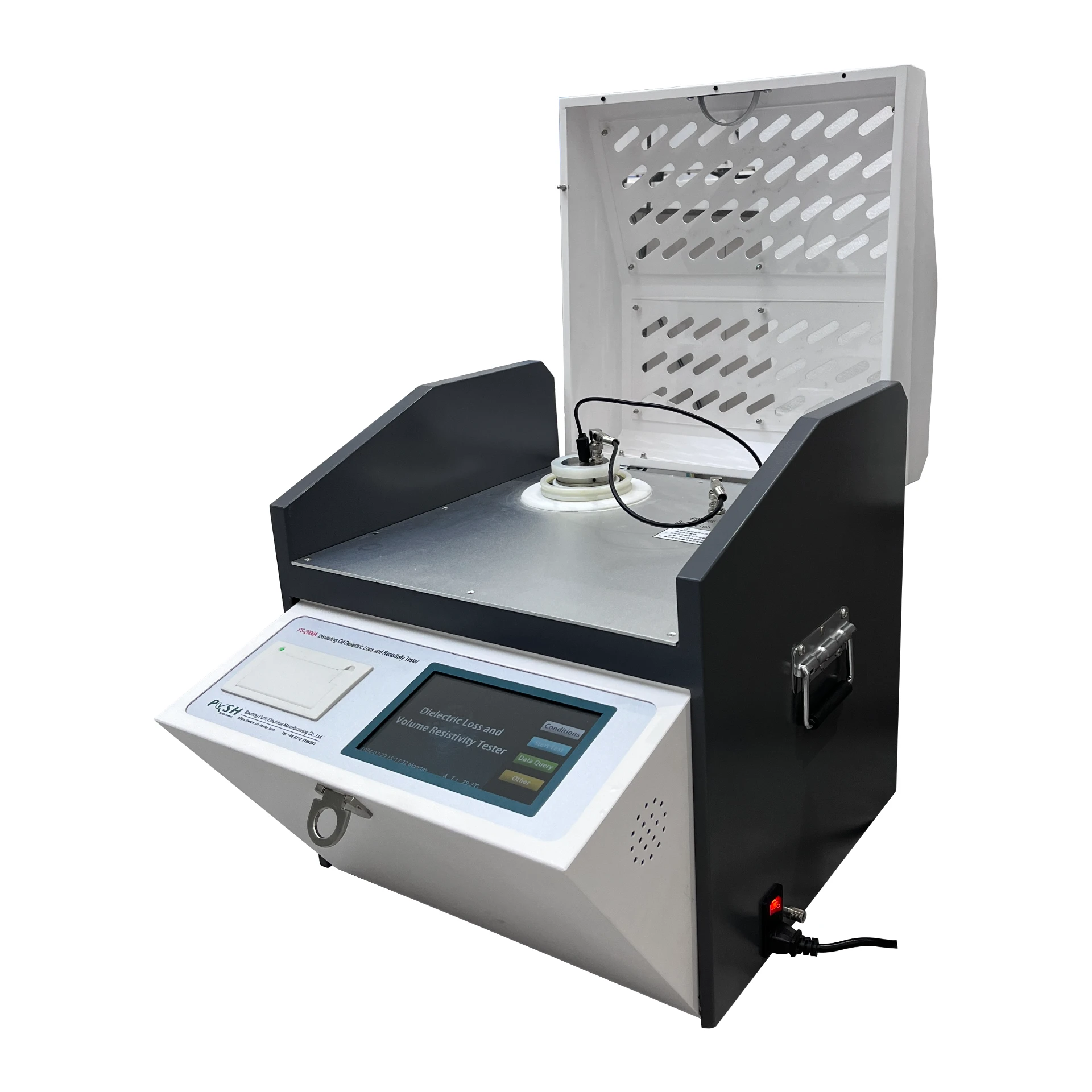 English
English


furnace transformer test
Understanding Furnace Transformer Testing
Furnace transformers play a crucial role in the operation of industrial furnaces, particularly in applications involving electric arc furnaces and other high-temperature processes. They are specifically designed to step down the voltage from the supply source to a level suitable for the furnace operation while ensuring optimal performance, safety, and reliability. Given the critical role these transformers play, regular testing is vital to ensure their functionality and longevity. This article will delve into the significance and methodology of furnace transformer testing.
The Importance of Transformer Testing
Furnace transformers are subjected to harsh operating conditions, including high temperatures and fluctuating loads. Over time, these stresses can lead to wear and potential failures. Testing these transformers helps identify any weaknesses or faults before they lead to catastrophic failures, ensuring consistent production quality and minimizing downtime. Additionally, routine testing is essential for compliance with safety regulations and industry standards, further emphasizing the need for a well-structured testing approach.
Types of Tests Performed
1. Insulation Resistance Testing This test examines the integrity of the insulation within the transformer. Over time, insulation can degrade due to heat and operational stresses. Using a megohmmeter, technicians measure the resistance of the insulation system to ensure it meets required benchmarks. Low insulation resistance could indicate the risk of short circuits or ground faults.
2. Turns Ratio Testing This procedure verifies that the transformer maintains the correct voltage transformation ratio. By applying a known voltage to the primary winding and measuring the resulting voltage on the secondary winding, technicians can detect discrepancies that might indicate internal faults or winding issues.
furnace transformer test

3. Power Factor Testing This test assesses the power factor of the transformer, revealing issues related to capacitance or insulation properties. A declining power factor can signal problems that may not be immediately visible but will affect the operational efficiency of the transformer over time.
4. Thermal Imaging This non-contact test employs infrared cameras to detect hot spots on the transformer’s surface, which can indicate potential overloads or internal issues. Observing thermal patterns helps in preventive maintenance by identifying troubleshooting areas before failures occur.
5. Dissolved Gas Analysis (DGA) For transformers filled with oil, DGA is essential. This test analyzes the gases dissolved in the insulating oil. The presence of certain gas types or concentrations can indicate specific issues within the transformer, such as overheating or arcing.
Implementing a Testing Protocol
Developing a comprehensive testing protocol for furnace transformers involves scheduling routine tests based on operational demands and maintenance schedules. This proactive approach not only extends the lifespan of the transformer but also enhances the overall reliability of the furnace operation. Collaborating with experienced technicians and using advanced testing equipment is crucial for accurate assessments and timely interventions.
Conclusion
Furnace transformer testing is an essential process that ensures the operational efficiency and safety of industrial furnaces. By implementing a robust testing regimen, manufacturers can mitigate risks associated with transformer failures, thereby enhancing production quality and minimizing unexpected downtimes. As industries continue to evolve and demand higher efficiencies, the importance of regular testing will only grow, underscoring the need for vigilance and proactive maintenance strategies.
-
Differences between open cup flash point tester and closed cup flash point testerNewsOct.31,2024
-
The Reliable Load Tap ChangerNewsOct.23,2024
-
The Essential Guide to Hipot TestersNewsOct.23,2024
-
The Digital Insulation TesterNewsOct.23,2024
-
The Best Earth Loop Impedance Tester for SaleNewsOct.23,2024
-
Tan Delta Tester--The Essential Tool for Electrical Insulation TestingNewsOct.23,2024





